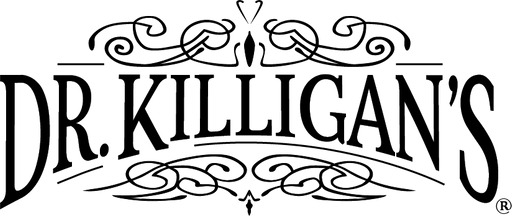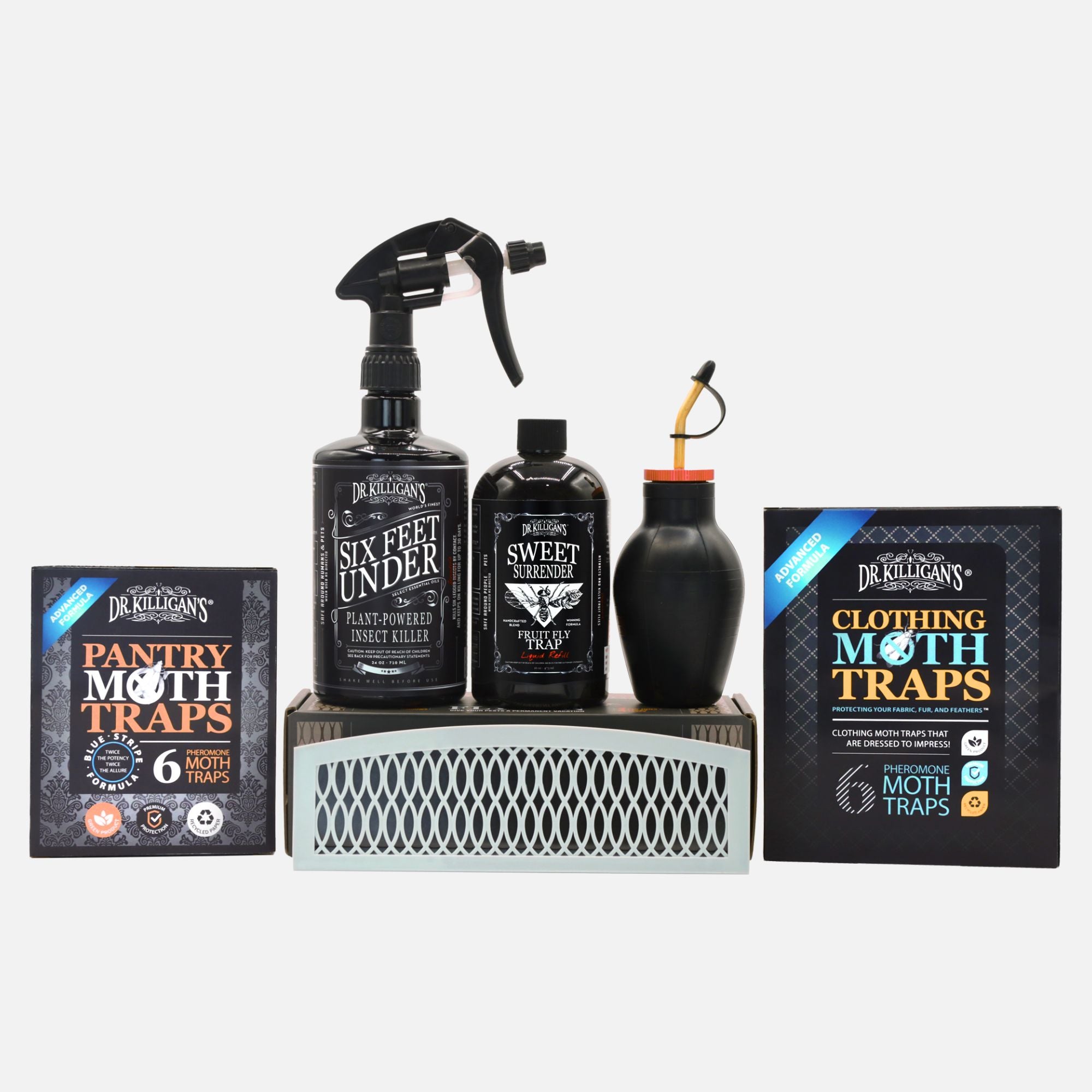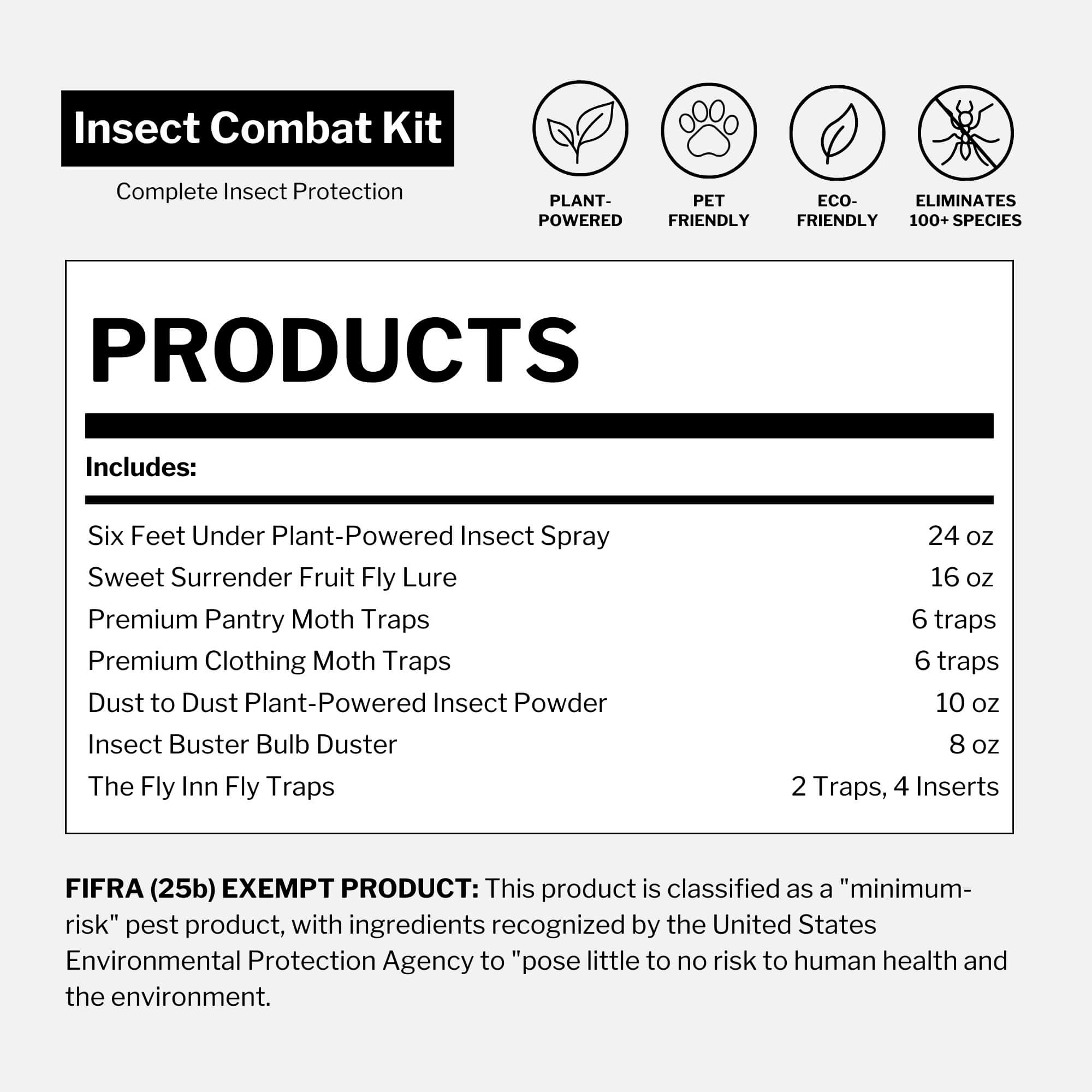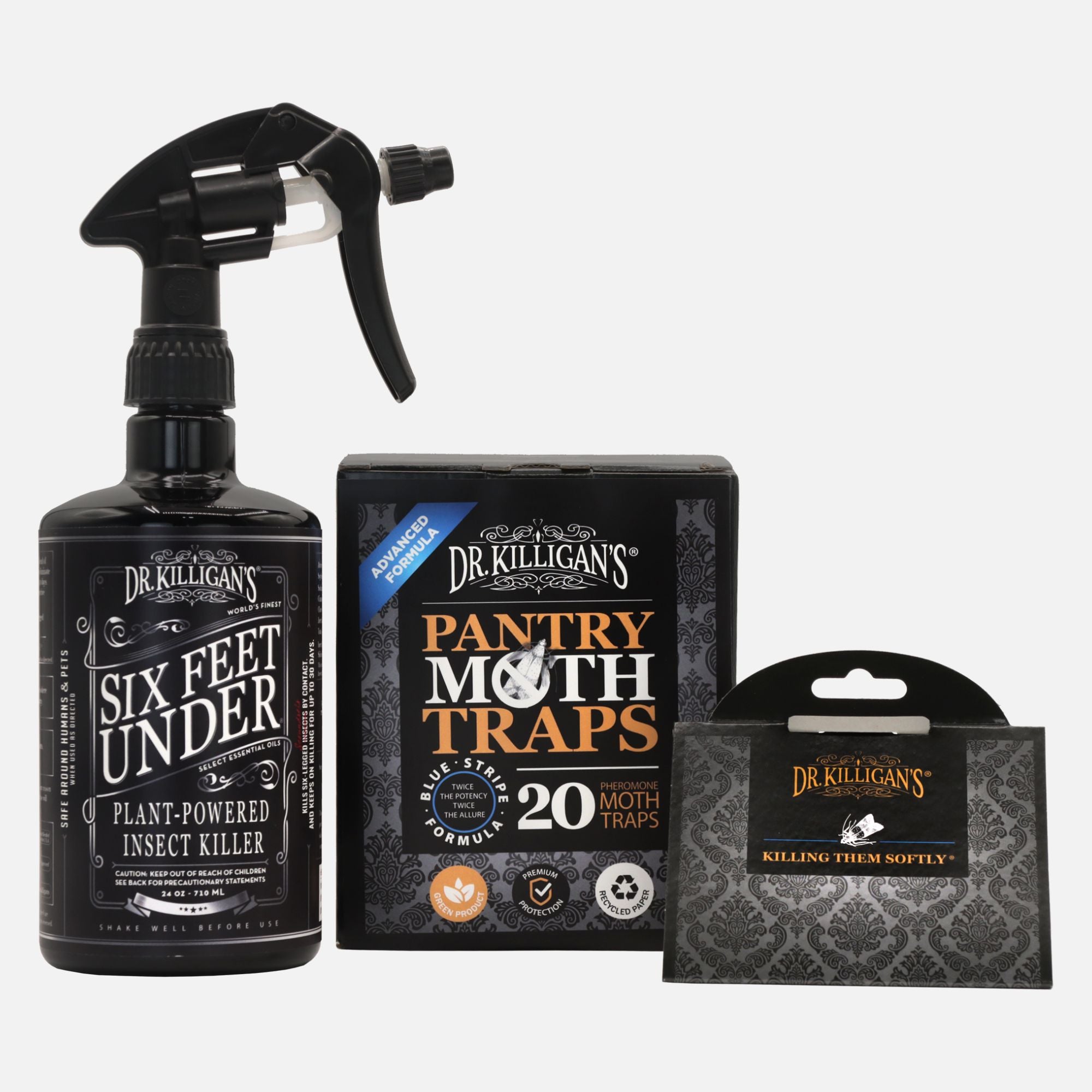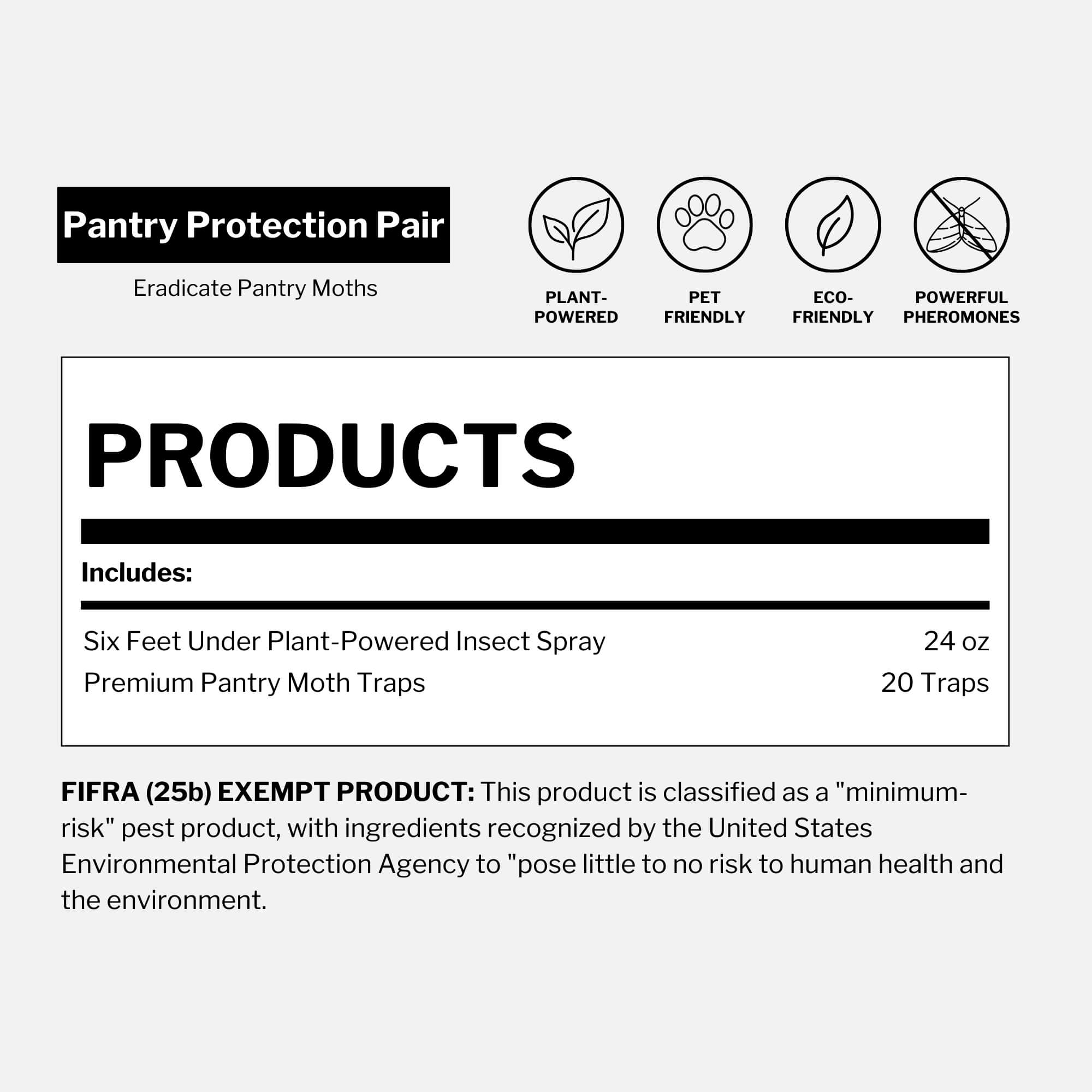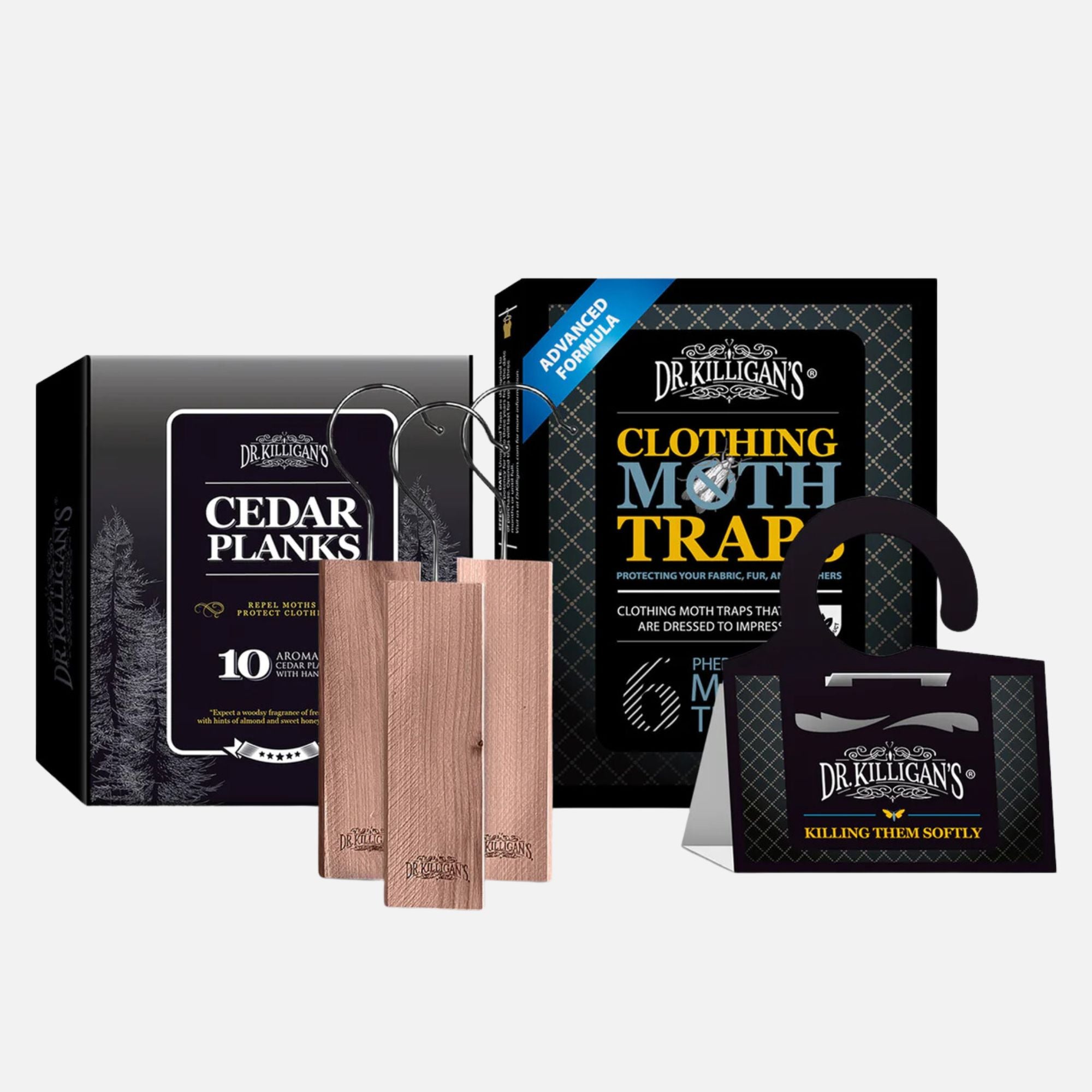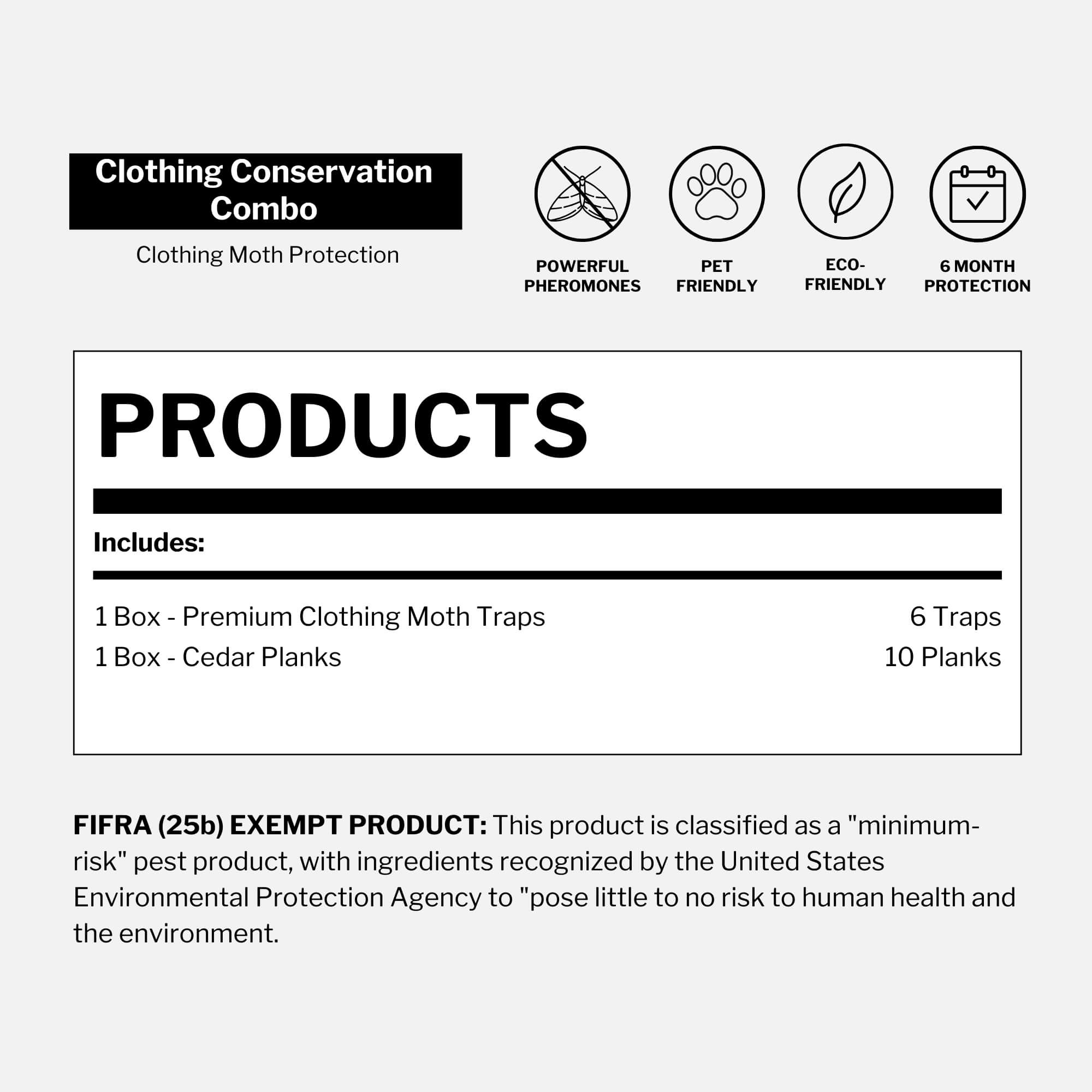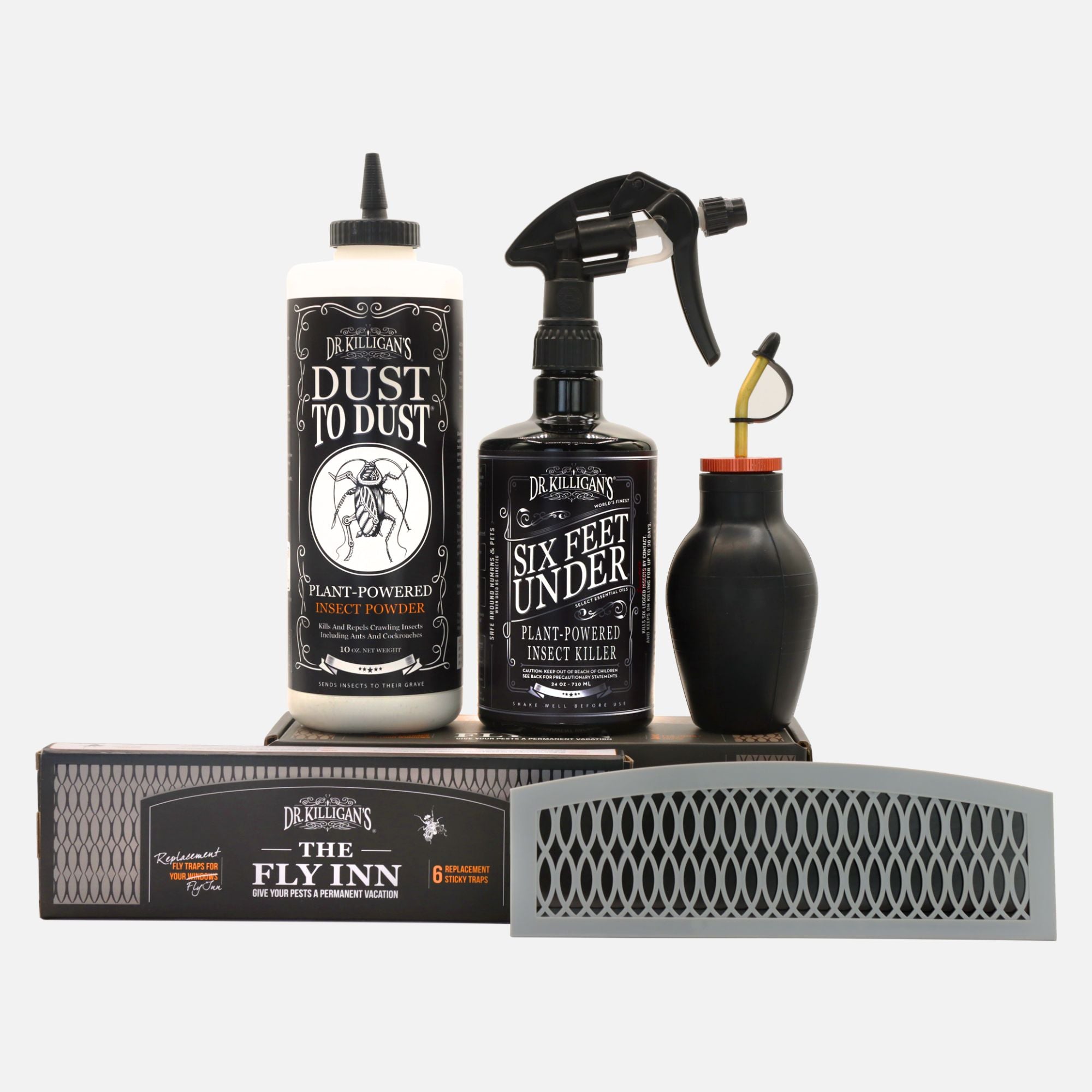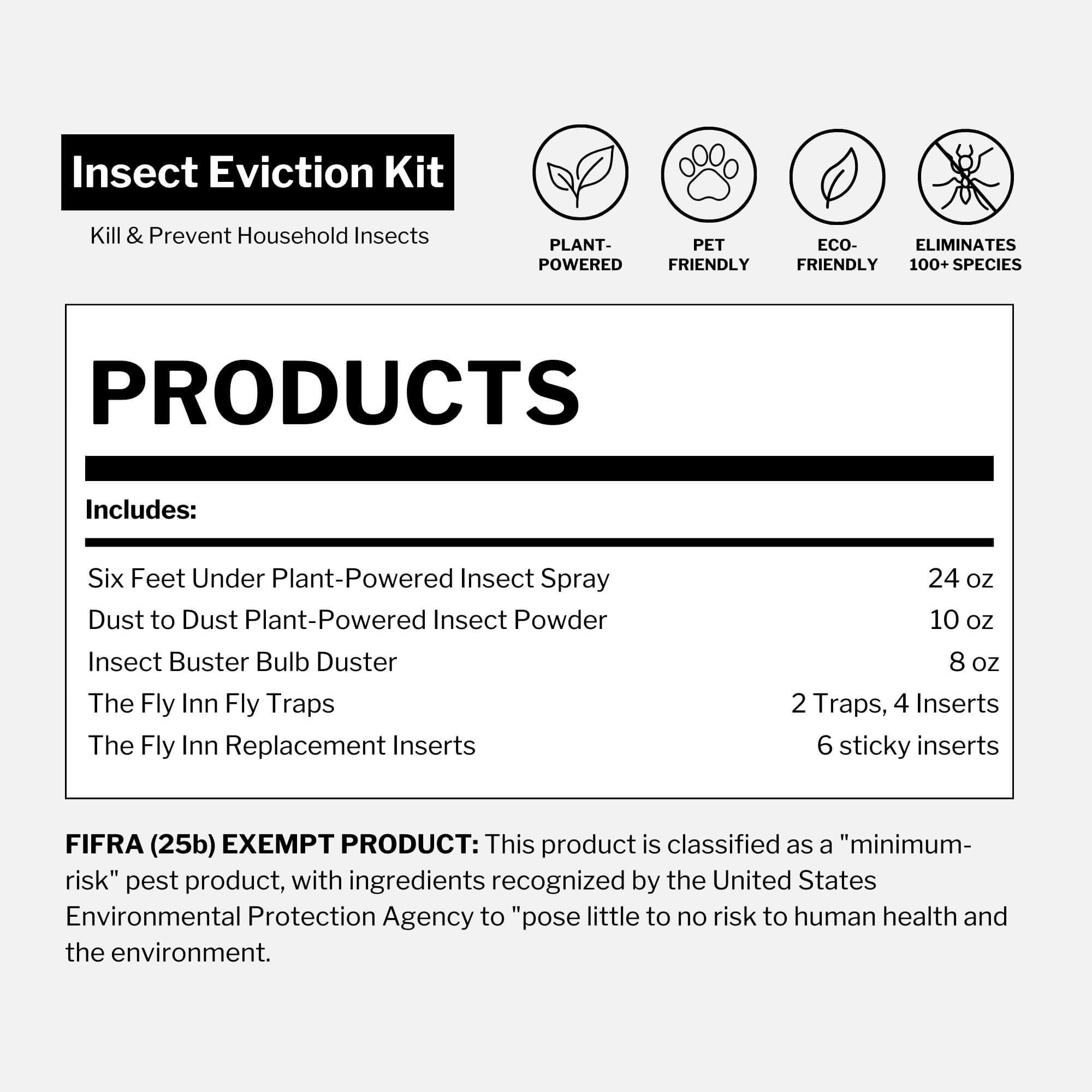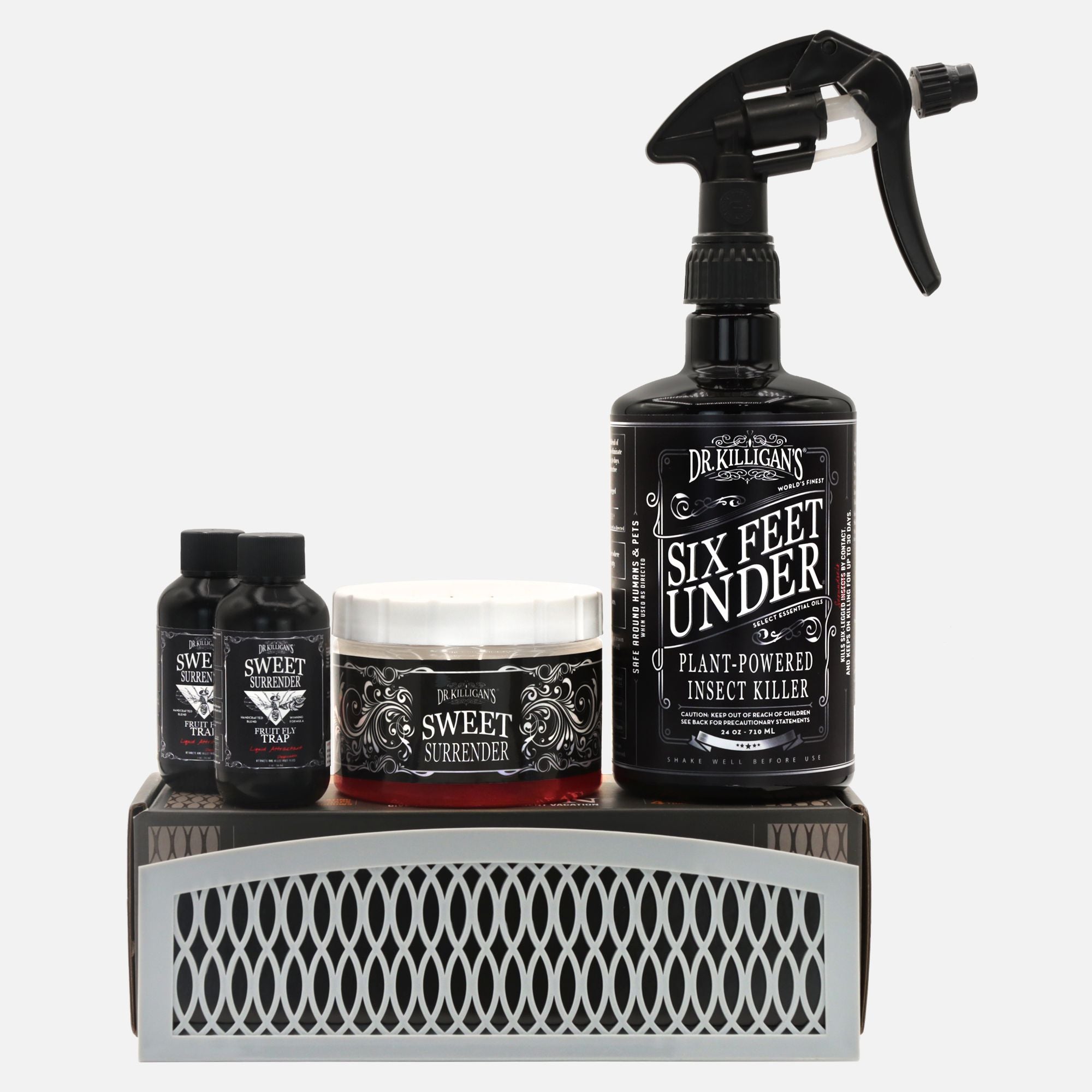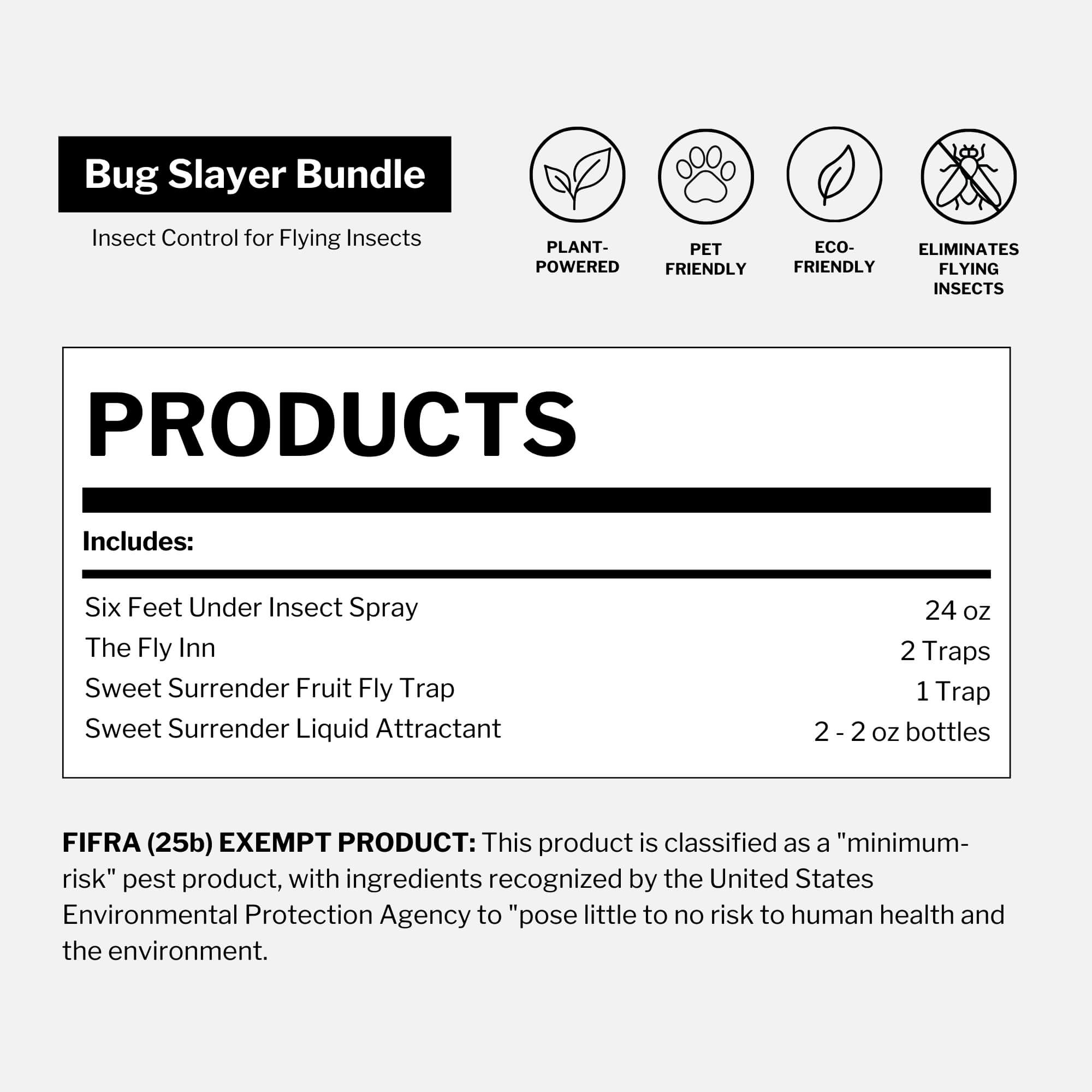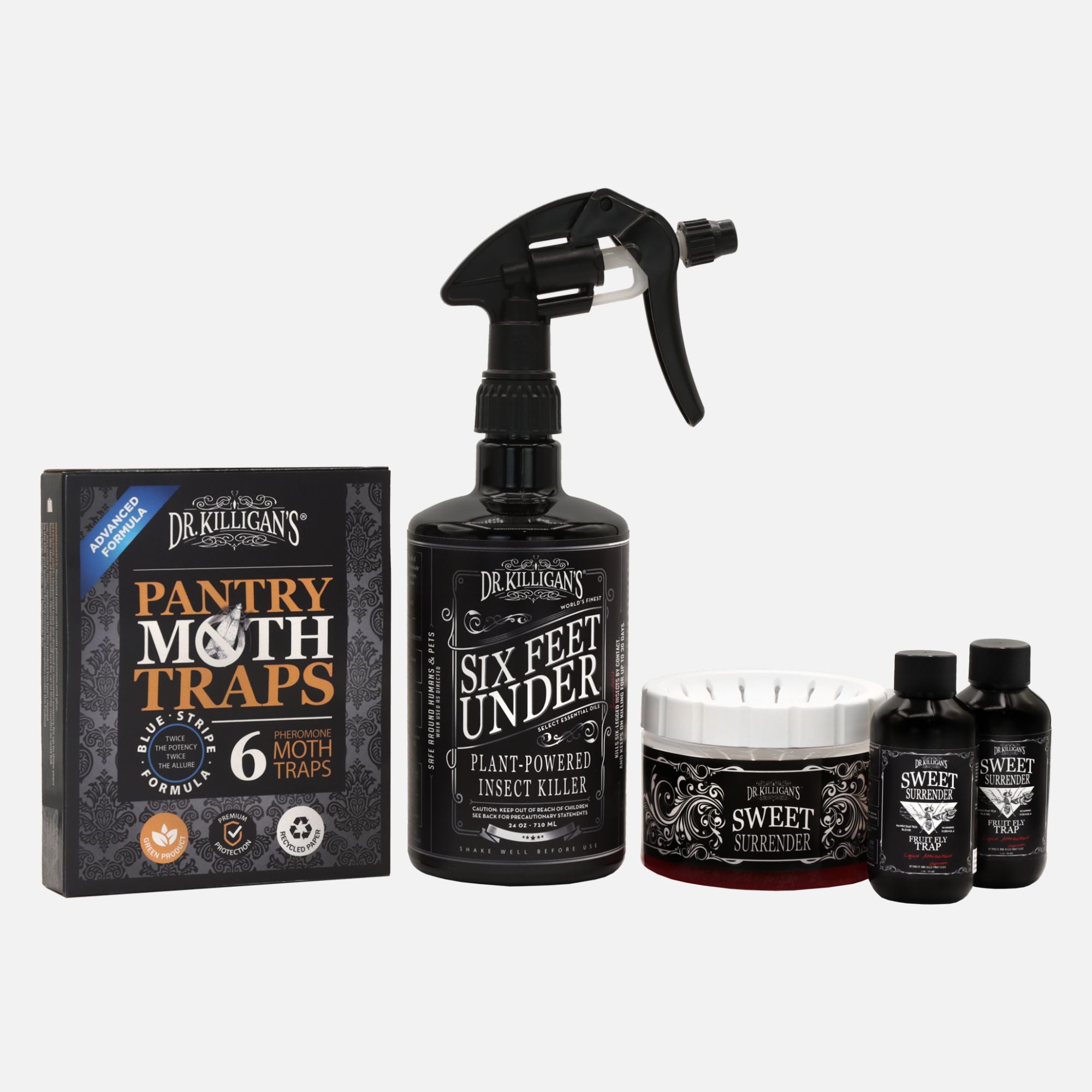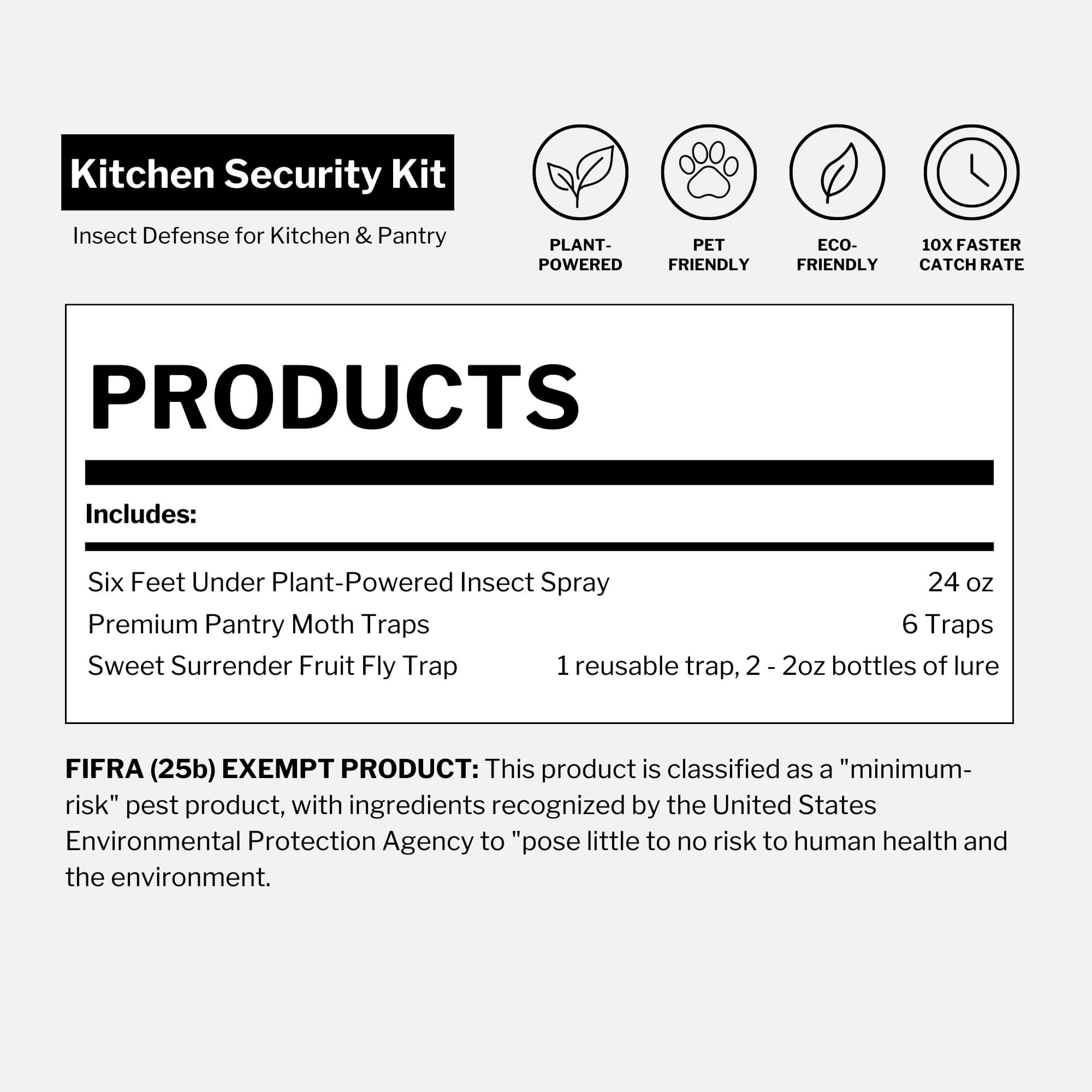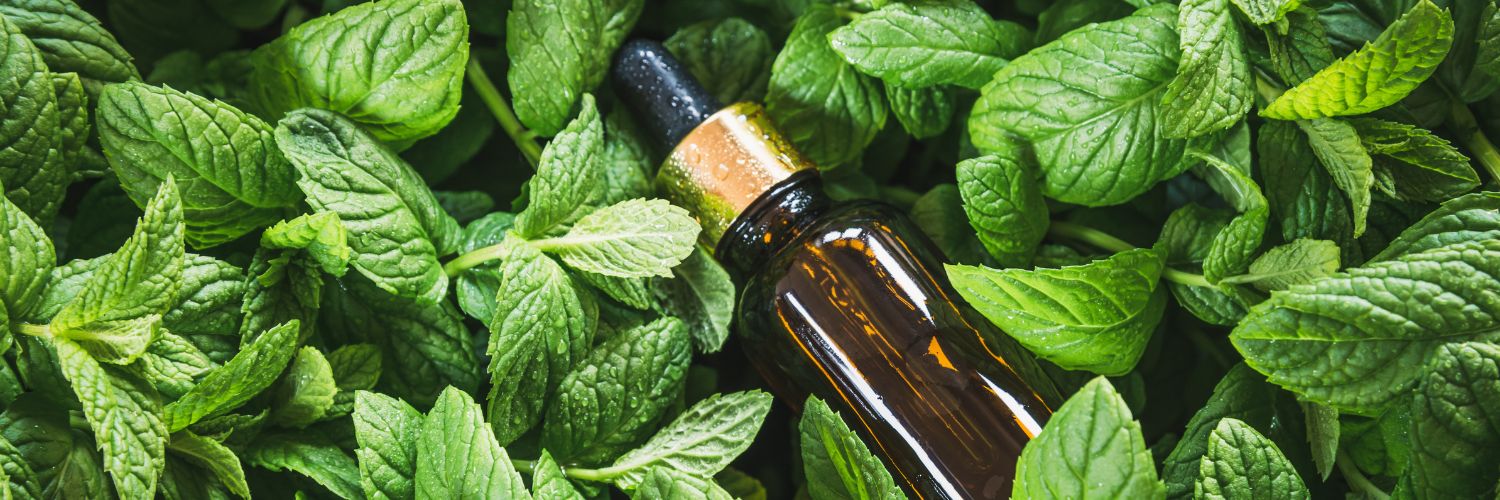Updated on July 1st, 2025
More and more, consumers are choosing eco-friendly alternatives: natural cleaners, essential oil-based candles and clothing made from organic or recycled materials. This shift reflects a growing commitment to healthier lifestyles and a healthier planet.
But one area often overlooked? Pest control.
Traditional solutions rely on harsh chemicals that can harm people, pets and the environment. As someone passionate about safe, effective alternatives, I believe pest management should align with the values of sustainability.
So—can we control pests without compromising our health or the planet’s? Let’s explore what eco-friendly pest control really looks like, why it matters and how to make it work in your home.
What does eco-friendly pest control actually mean?
At its core, eco-friendly pest control is about balance—getting rid of pests without inviting harm into your home. That means using smarter strategies.

From traps and physical barriers to pheromones, the tools of sustainable pest control are designed to work with nature, not against it. In addition, Dr. Killigan's formulas use "minimum-risk" ingredients, exempt from EPA registration because they’re proven to be safe and effective.
The hidden cost of conventional pest control
When most people hear “pesticides,” they think of large-scale agriculture—planes misting fields or trucks spraying neighborhoods. But pesticides are everywhere: in household cleaners, bug sprays, pet products and even shampoo. The truth? Ninety percent of Americans have at least one pesticide compound detectable in their bodies.
This widespread exposure—often invisible—is why rethinking pest control at home is so important.
Three benefits of eco-friendly pest control
Safer for your family. Smarter for the planet. Built to last.
1. Human safety: Protecting your family starts with what you use

Traditional pest control methods often come with serious health risks—from skin and respiratory irritation to potential neurological damage. Eco-friendly alternatives offer a better path forward, using naturally derived ingredients that reduce exposure to toxic chemicals.
But “natural” doesn’t always mean risk-free. Even plant-based ingredients can irritate certain individuals or pets, especially with prolonged exposure or improper use. That’s why it’s important to follow product directions carefully and stay informed about what’s in the products you bring into your home.
As environmental pioneer Rachel Carson warned, understanding what we spray, spread or sprinkle matters—because what we use doesn’t just stay on surfaces. It travels through our air, touches our skin and can affect our health in subtle, long-term ways.
[For detailed information on health issues related to pesticides, visit the EPA’s guide on human health issues related to pesticides.]
2. Environmental protection: Good for your home, better for the planet
Traditional pest control methods can harm the environment, with chemicals contaminating water sources, penetrating soil and polluting the air we breathe. By avoiding synthetic toxins, sustainable practices help preserve ecosystems and protect biodiversity. This approach supports a healthier planet and safeguards the delicate balance of local wildlife populations.
[For further reading on the effects of pesticides on wildlife, the University of Arizona Extension's publication offers detailed insights.]
3. Effectiveness over time: Long-term results without the risks
Eco-friendly pest control offers lasting protection without the cycle of diminishing returns. Unlike synthetic pesticides, which pests can grow resistant to over time, low-risk botanical alternatives maintain their effectiveness. By combining methods like biological control, physical barriers and safer repellents, these strategies reduce the need for constant reapplication.
[For a deeper understanding of how pests develop resistance to insecticides, consider the insights provided by the USDA on insecticide resistance.]
Key components of sustainable pest control
Successful sustainable pest control starts with a holistic approach—one that emphasizes prevention and relies on eco-conscious methods.
Prevention and exclusion: The first line of defense against pests

-
Seal entry points: Small cracks and holes can invite unwanted insects. Learn which pests these openings attract and how to address them in Holes in your home attract these insects.
-
Manage attractants: The items you bring into and keep in your home can significantly influence pest activity. Scents from candles, cleaning products, and toiletries can be just as enticing to bugs as food. Discover which odors might be drawing pests in, in Do different smells attract insects?
- Maintain your home: Regular maintenance is crucial for keeping pests at bay, especially during extended absences. Find tips for pest-free living—even during extended absences—in Foods that insects like to eat
Garden-specific strategies for eco-friendly pest control
-
Natural predators: Beneficial insects like aphid lions, assassin bugs and aphid wasps can naturally control pest populations with minimal environmental impact. These tiny allies do the hard work for you—no chemicals needed. Learn more in: Aphid lions: Garden allies in the fight against pests, Do I want assassin bugs in my garden? and The aphid wasp: The gardener’s secret weapon.
- Minimum-risk pesticides: Dr. Killigan's EPA-exempt pesticides are both effective and environmentally friendly, making them a smart choice for eco-conscious gardeners. Get practical tips on how to use them in How to use minimum-risk pesticides in your garden.
Innovating plant-powered pest control: Dr. Killigan's commitment to safety and sustainability

-
Innovative ingredients: We develop plant-powered solutions from substances like soybean oil and peppermint oil, known for their effective pest-repelling properties. Learn about the advantages of these ingredients in The benefits of soybean oil and Kiss bugs goodbye: Your complete guide to using peppermint oil for pests.
-
Safety and transparency: Our ingredients come under the EPA's minimum-risk category, ensuring safety for human health and the environment. For more on our commitment to transparency, visit Putting customers first: The power of full disclosure from Dr. Killigan’s.
- Healthy home environment: By choosing our naturally derived pesticides, you contribute to a healthier indoor environment by reducing the need for synthetic pesticides, which can degrade air quality and pose health risks. For tips on maintaining healthy air and reducing pesticide use, see Is your home safe? A guide to healthy air and reduced pesticide use.
The challenges of sustainable pest control
While the benefits are clear, the transition to fully sustainable pest control does come with challenges. The effectiveness of natural remedies can sometimes be slower or less predictable compared to chemical alternatives, requiring more patience and persistence from homeowners. The upfront cost can also be higher, though long-term savings and health benefits can offset this.
Practical steps you can take for sustainable pest control

- Educate yourself and your community | Knowledge is power: Understanding the behaviors and needs of pests can help develop strategies to prevent them naturally.
- Regular maintenance and monitoring | Stay vigilant: Regularly inspect your home for signs of pests and potential entry points. Early detection is key to preventing infestations without resorting to heavy chemical use.
-
Choose the right products | Be selective: Explore sustainable pest control with Dr. Killigan and learn how eco-friendly methods protect health and the environment.
Conclusion: Your role in advancing sustainable pest control
Embracing sustainable pest control is more than a personal choice; it's a commitment to a healthier planet. Each decision we make in managing our homes contributes to broader environmental outcomes. Here at Dr. Killigan's, we are dedicated to providing effective solutions and empowering you to make informed choices that have a positive impact.
-
Take action now: Assess your home using our practical tips for sealing entry points and managing attractants. Engage with our community through educational resources that deepen your understanding of sustainable practices.
-
Choose wisely: Opt for pest control solutions that do more than just kill pests. Choose products that support the health of your environment, like those offered by Dr. Killigan’s, which are certified and proven to be eco-friendly.
- Spread the word: Share your experiences and knowledge with friends and family. The more people participate in sustainable pest management, the greater our collective impact on preserving the delicate balance of our ecosystems.
Sustainable pest control is not just feasible; it's effective and necessary for the well-being of our homes and the planet. Join us in this vital movement—explore Dr. Killigan’s range of eco-friendly products today and take a significant step towards a safer, greener future. Together, we can transform how we think about and manage pests in our homes.
